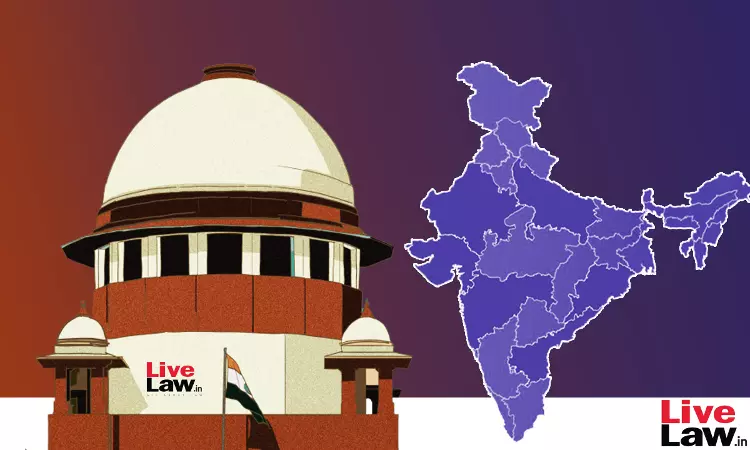Amidst the protracted power struggle between the centre and the Supreme Court over judicial appointments, last week, the government notified the elevation to the top court, of five chief justices and puisne judges of high courts, whose names had been cleared by the collegium in December. On Monday, Justices Pankaj Mithal, Sanjay Karol, P.V. Sanjay Kumar, Ahsanuddin Amanullah, and Manoj...

